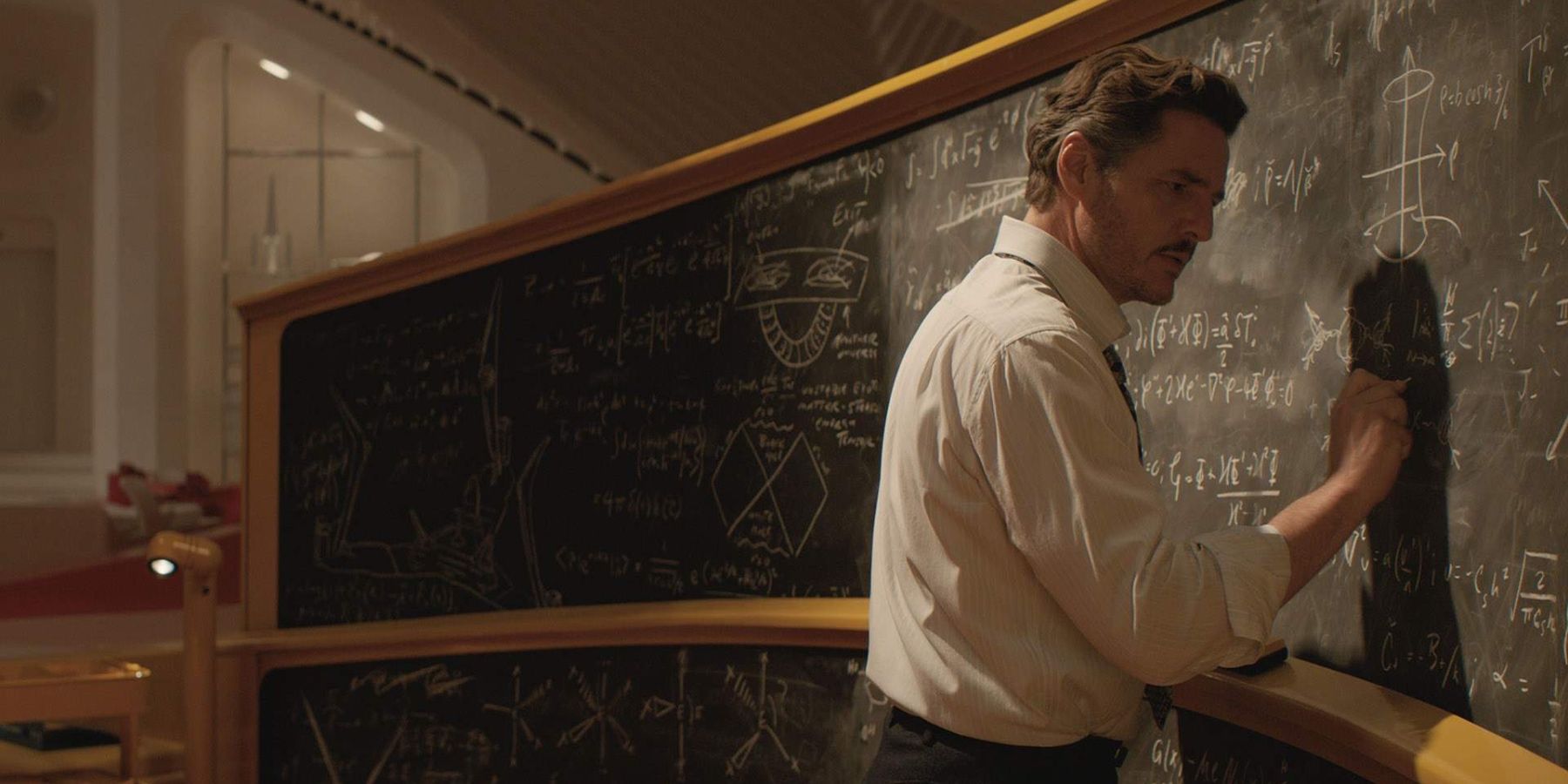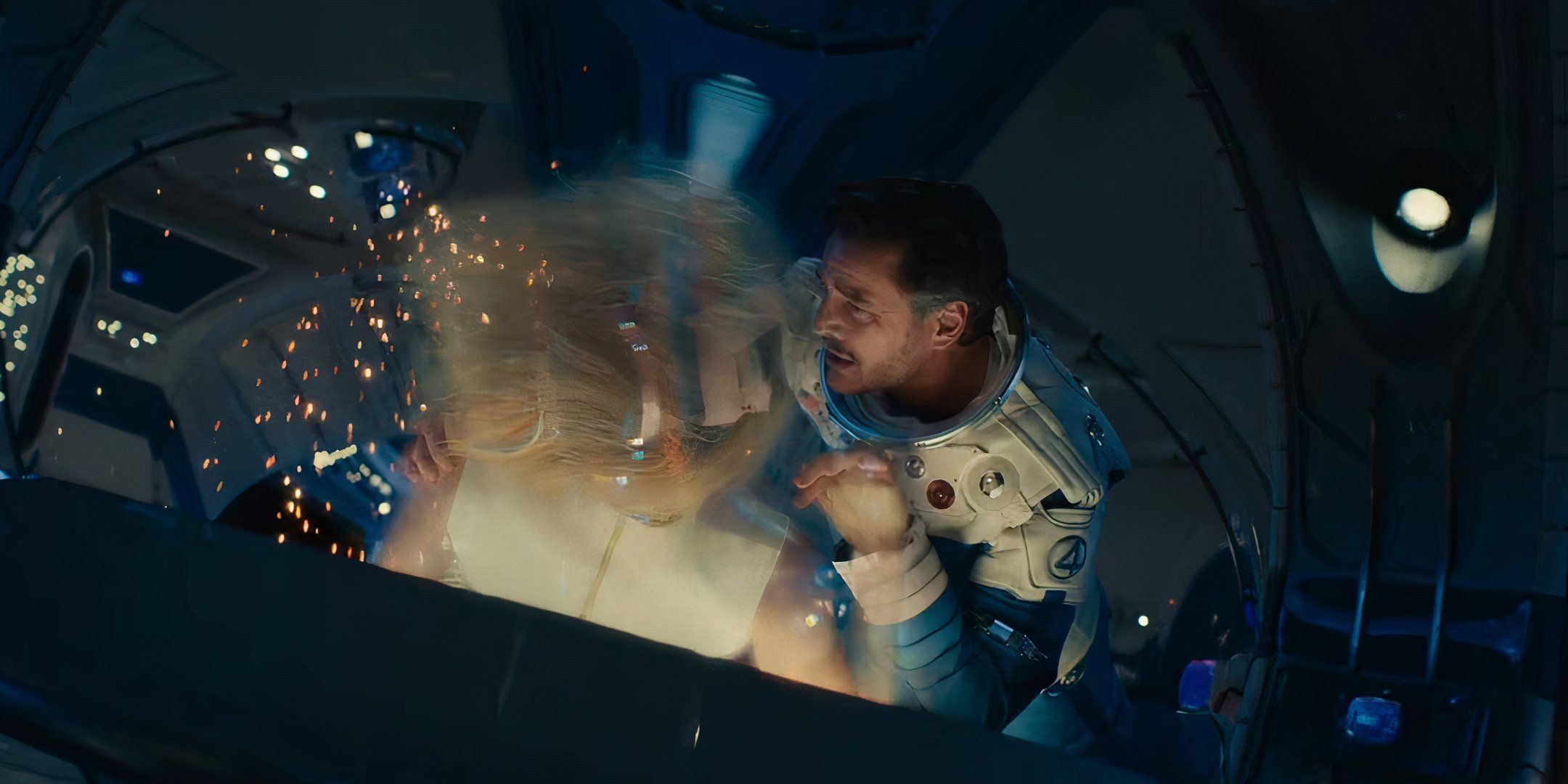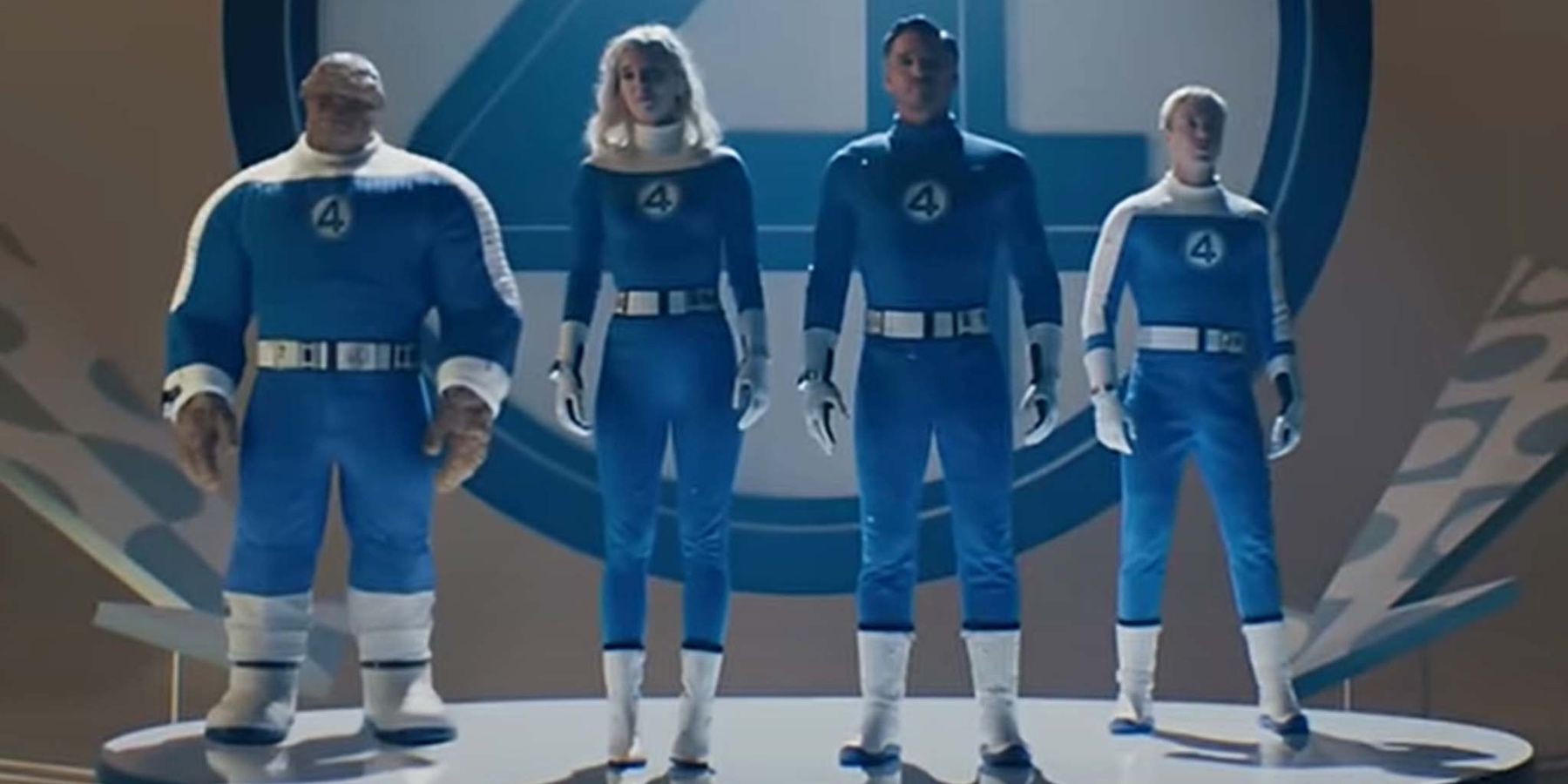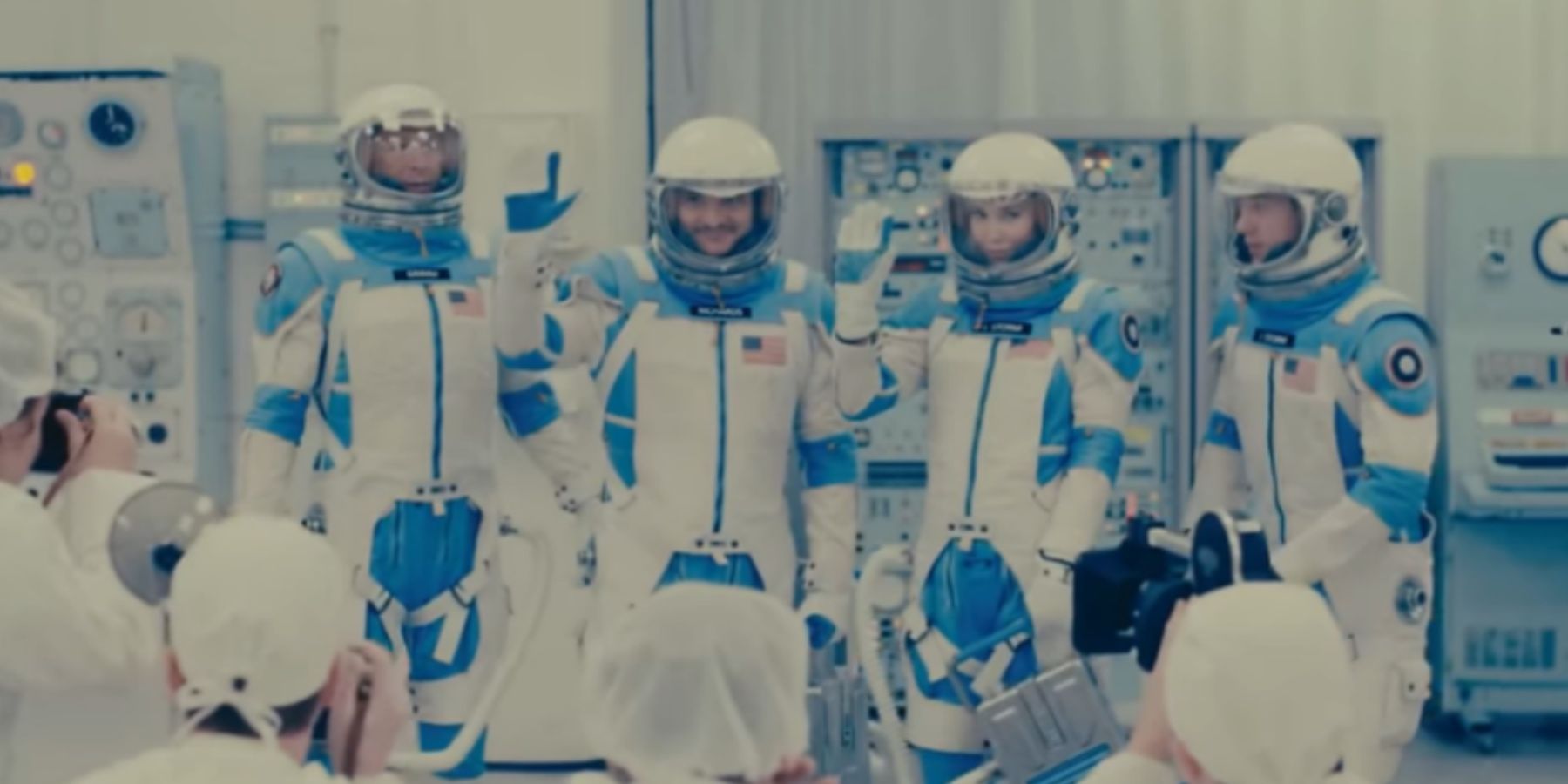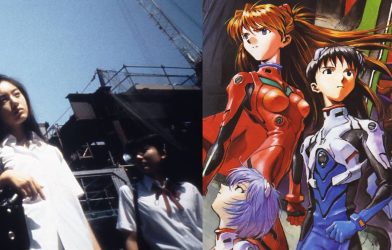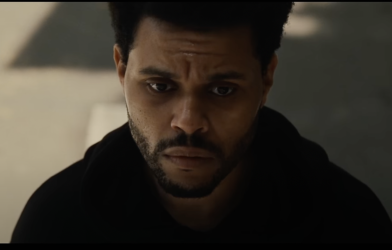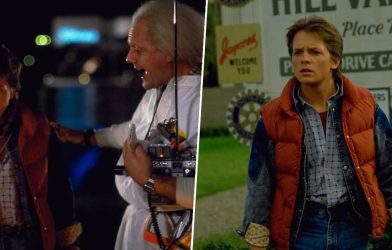Summary
- The 1994 Fantastic Four movie is appreciated for staying true to the comics despite a low budget.
- The upcoming Fantastic Four: First Steps improves on the 1994 film with better effects like Sue Storm’s invisibility.
- The challenge of visualizing Reed’s stretching powers in live action remains, with past films struggling to make it convincing.
Despite (or because of) its microscopic budget, the 1994 never-before-released Fantastic Four movie has its fans. Purists appreciate its devotion to the comics and wholesome attitude, something missing from both the 2005 and 2015 big-budget Fantastic Four films.
The initial trailer for the third cinematic incarnation of Marvel’s first family, The Fantastic Four: First Steps, matches the charm of the 1994 original. However, the Disney-sized budget allows First Steps to improve on the 1994 film in every way. Sue Storm (Vanessa Kirby) fades in and out of invisibility in a natural way, not via a corny blinking effect. Johnny Storm (Joseph Quinn) flies like a real person in the sky, not a barely-articulate CG rendering used for one scene. And the Thing (Ebon Moss-Bachrach) conveys real emotion through his rocky exterior, something that the otherwise impressive 1994 version couldn’t do.
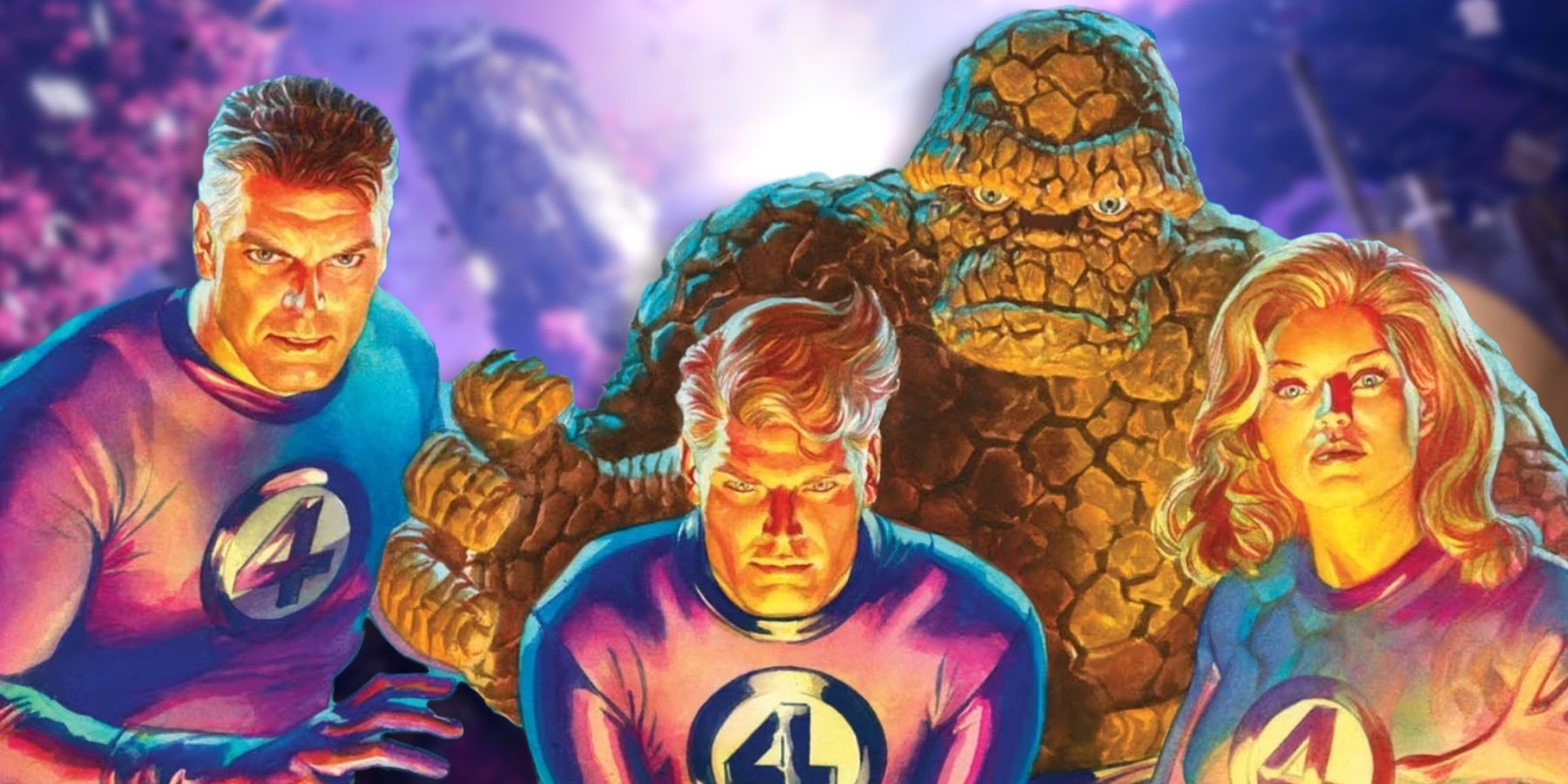
Related
Best Fantastic Four Comics For Beginners
For readers new to The Fantastic Four, here are a few excellent stories to introduce you to Marvel’s first family.
Yet, for all the improvements on screen, there’s one power that still leaves viewers wondering. At no point in the trailer does Reed Richards (Pedro Pascal) use his stretching abilities. And that’s a problem.
What is Mister Fantastic’s Power Set?
Created in 1961 by Jack Kirby and Stan Lee, The Fantastic Four has a straightforward sci-fi premise. American scientist Reed Richards leads an experimental rocket mission into space, along with his best friend Ben Grimm, his girlfriend Sue Storm, and her little brother Johnny. In space, cosmic rays bombard the rocket and, because of Reed’s miscalculation, the rays affect the people inside. Sue now turns invisible, Johnny can catch on fire, Ben is covered in orange rocks, and Reed can stretch his body.
These relatively simple powers provided an ideal canvas for Jack Kirby, whose boundless imagination drove the comic. Early stories saw Reed bending his body to get out of traps or reach for something on the other side of his lab. But by the time he left the comic with 1970’s Fantastic Four #102, Kirby had shown Reed reforming his body in absurd and sometimes grotesque ways. Later artists and writers built on Kirby’s foundation, even explaining that Reed used his powers to stretch his own brain, giving him greater intellectual capacity than any other human being.
Over the decades, comic book artists have taken up Kirby’s challenge to find new ways of visualizing Reed’s powers. For several issues of his acclaimed run with writer Mark Waid in 2002 and 2003, Mike Wieringo portrayed Reed as drooping his face into a grotesque frown, an extension of his depressed mental state. In 2024’s Fantastic Four #22, penciler Ivan Fiorelli depicted Reed draping himself around an entire building to protect the people inside.
In short, Reed’s stretching powers always look great in comics. Live action, however, is another story.
Why Do Stretching Powers Look So Bad in Live Action?
Befitting its limited resources, 1994’s Fantastic Four showed the team’s powers in actions. When Reed (Alex Hyde-White) used his abilities on screen, a shot of him pulling back for a punch or reaching out for an object would cut away to an insert shot of his arm extended. That arm was in fact an obvious PVC pipe, colored to match Reed’s costume.
Although they had much more money to work with, neither the 2005 nor the 2015 Fantastic Four movies fared much better. Early in the 2005 movie, Reed (Ioan Gruffudd) looks in wonder as he squeezes his own arm under a door to unlock it from the other side. Despite his amazed expression, everyone in the audience knows that they’re seeing an unconvincing computer render.
The 2015 film works a little better, mostly because the heavy shadows and the piping on Reed’s (Miles Teller) costume obscures the image. Still, any time the camera holds too long on a distended Reed, the effect stands out. Audiences only see the Earth-838 Reed (John Krasinski) of Doctor Strange and the Multiverse of Madness in action for a couple of shots, and the cameos and shock deaths come so quickly that no one has time to judge the quality of the effect.
It’s not just Reed Richards who suffers from this problem. Ralph Dibney, aka the Elongated Man (Hartley Sawyer) on CW’s The Flash, rarely stretched on screen, owing to the goofy image it created. Marvel did away with Kamala Khan’s (Iman Vellani) “embiggen” powers for Ms. Marvel, replacing her distended body parts with constructs that look intentionally fake. Likewise, the Netflix adaptation of the beloved anime One Piece treated Luffy’s stretching with cartoon physics, embracing the fakeness.
While all of these approaches have problems and merits, none of them solve the basic issue. Everyone knows how a human body moves, and everyone knows the limitations of that movement. If a movie or show tries to push those limitations, the mind rejects what the eye sees. No amount of budget or visual trickery can overcome it.
Will Reed Richards Stretch in The Fantastic Four: First Steps?
It’s impossible to imagine Marvel removing Reed’s stretchy powers. They barely got away with it in Ms. Marvel, and Kamala Khan is relatively new. Conversely, Mr. Fantastic has existed for decades and is at the core of the Marvel Universe. They have to let him stretch.
Marvel probably kept the power out of the trailer for one of three reasons.
They may have kept it off-screen to avoid distracting from the other things they wanted to show off. Viewers also had questions about how the Invisible Woman, the Human Torch, or the Thing would look on screen. Showing the Thing with a sad expression and the Invisible Woman creating a force field wows fans enough. Along those lines, Marvel may have kept stretching off-screen because their VFX artists have nailed the effect, and they want to wait until closer to release time to flaunt their work and build one last shot of excitement.
But the most likely explanation is also the most worrisome. Marvel may not have the effect ready yet. After all, Marvel projects such as She-Hulk: Attorney at Law were roundly criticized for their shoddy effects, something the studio wants to avoid for their new flagship film.
Hopefully, Marvel will get everything fixed in time for the release of The Fantastic Four: First Steps on July 25. And if they don’t, they can at least take a page from the 1994 movie and just use PVC pipe.
The Fantastic Four: First Steps arrives in theaters on July 25, 2025.

